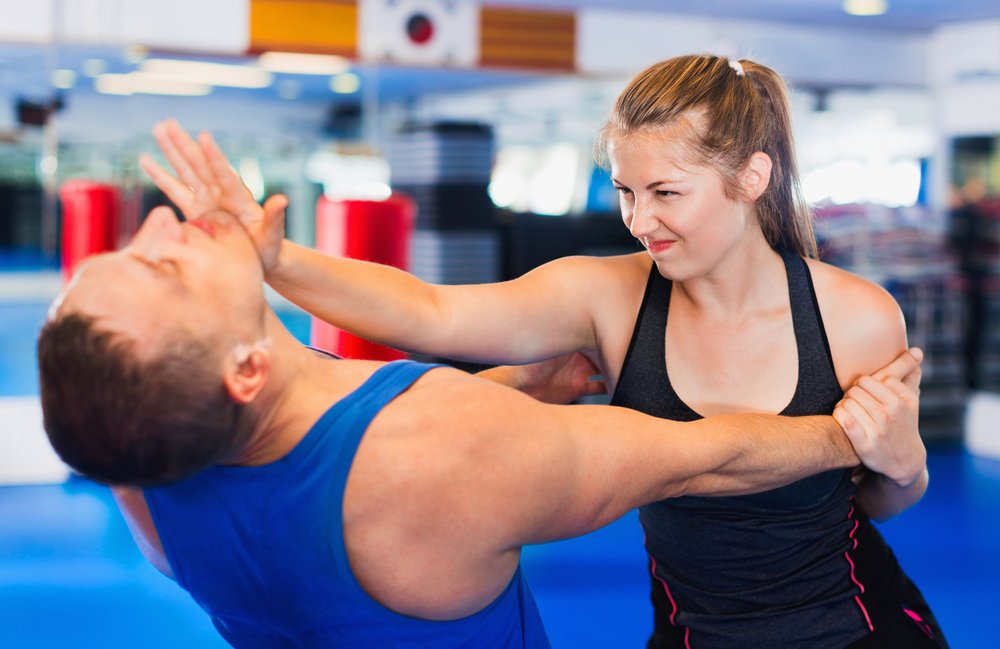Tae Kwon Do
Martial Arts Discipline Overview
Our martial arts program offers a well-rounded approach that emphasizes physical, mental, and emotional growth. Through structured training, students gain flexibility, agility, and self-discipline, developing skills that enhance their lives both in and outside the dojo.

Benefits of Training
- Flexibility
Martial arts training involves exercises that improve flexibility, helping students achieve greater range of motion and reducing the risk of injuries. Flexibility also enhances technique execution, allowing students to perform movements with fluidity and control. - Agility
Agility is essential for quick and effective movement. Students develop agility through drills that improve their speed, balance, and reaction times. This skill is especially valuable for self-defense, enabling quick decision-making and adaptability in various situations. - Self-Discipline
One of the core principles of martial arts, self-discipline, is cultivated in each training session. Students learn to focus, set personal goals, and practice consistently. This discipline strengthens their commitment to improvement and perseverance, building confidence and a resilient mindset.
Training Levels
Our program offers structured training for all experience levels, with clear progression through each stage.
- Beginner
At this level, students learn foundational techniques and develop essential skills in flexibility, strength, and discipline. Beginners focus on basic stances, strikes, and blocks, while learning to respect the values of martial arts. - Intermediate
Intermediate training builds on the basics, introducing more complex techniques and combinations. Students work on enhancing their agility and coordination, while refining their form and increasing their endurance. This level emphasizes consistency and deeper skill development. - Advanced
Advanced students engage in intensive training, perfecting techniques and learning advanced self-defense applications. This level challenges both physical and mental endurance, encouraging mastery of complex movements and strategies. Advanced students often take on leadership roles, assisting with classes and setting examples for lower ranks. - Belt Testing
Belt testing marks each student’s progress and is conducted at regular intervals for all levels. Tests assess proficiency in techniques, physical conditioning, and understanding of martial arts principles. Belt advancement not only reflects skill level but also personal growth, discipline, and commitment to the art.
In Summary
Our program provides a comprehensive path to self-improvement, with training that progresses from foundational skills to advanced mastery. Each level is designed to enhance flexibility, agility, and self-discipline, equipping students with the tools to thrive in martial arts and in life.



